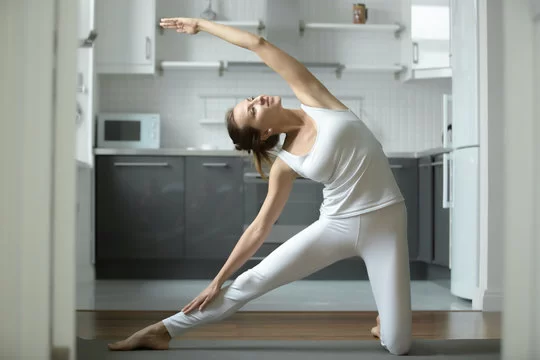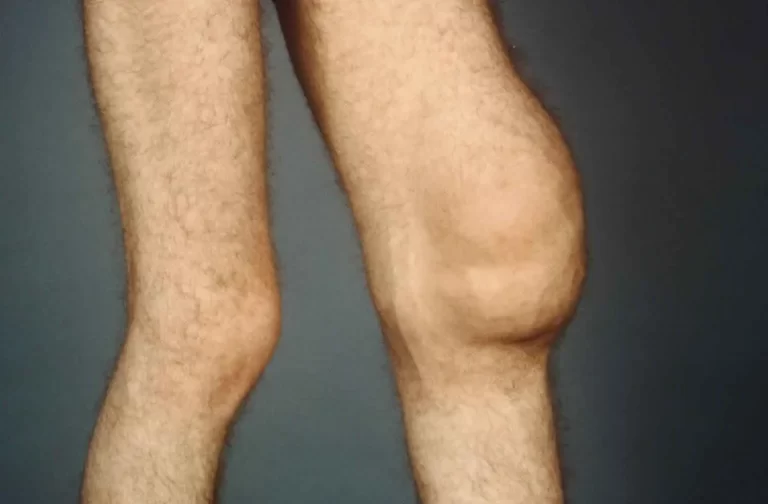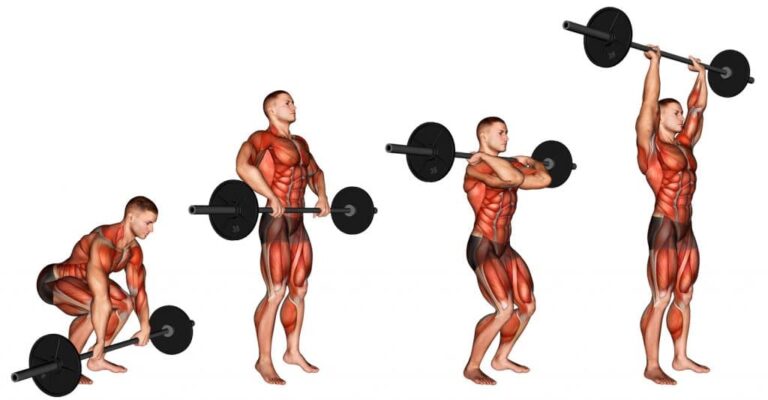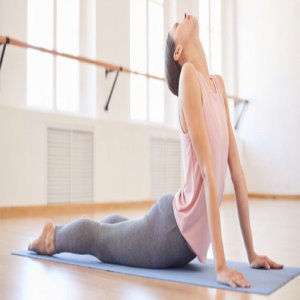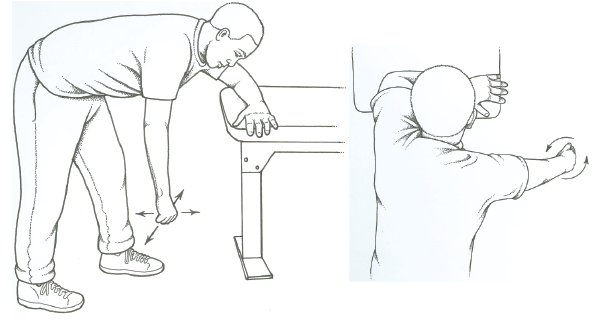Parighasana (Gate Pose)
What is Parighasana?
Parighasana or the gate posture is in the Ashtanga yoga second series. This pose is an essential integration pose that allows you to perform on your side-body stretch. Side body stretches support integrate the muscles of your back and align your pelvis.
If you have misalignment of your sacrum or iliac crest or if you feel like your pelvis is a small bit out of whack, side body lengthens are wonderful to support bringing those spaces back into alignment.
The shoulder position in this posture permits you to work on the in-depth core strength of the body. The pose provides you with an awareness that routes down into the middle of your pelvis.
Symbolically the gate describes the beginning of your spiritual eyes. This pose supports you turn your concentration inward and focus on your internal journey which is yoga.
How to do Parighasana?
- Firstly, come into an upright kneeling position with your thighs vertical to the ground floor and your hips over the knees.
- Straighten your right leg as you stretch it out to the right side, holding the knee and ankle in line with your right hip.
- Now, bend your right toe forward so that the right foot is similar to the side of your mat.
- Inhale and achieve your left arm up next to your left ear.
- Exhale and bend your torso to the right, prolonging the left arm over your head.
- Then, Let your right arm come down and relax on your right leg.
- Obtain your stare up under your extended left arm.
- Stay for several breaths, lengthening your spine on your inhales and aggravating the side stretch on your exhales.
- Obtain your torso erect and return your right knee next to the left one.
Replicate the stretch on your different side.
Parighasana Pose Video
Parighasana (Gate Pose) Benefits
- Encourage deep breathing
The sideways bending extends the intercostal muscles. It improves chest mobility and aid in efficient respiration. This path Parighasana encourages good breathing habits in asthma and COPD person.
- Corrects the health of abdominal organs
One by one sideways turning to the left and right side massages the stomach organs; like the liver, kidneys, abdomen, intestines, spleen, and pancreas. In this path, Parighasana coordinated the digestive system and enhanced the functioning of abdominal organs by exchanging deoxygenated blood for oxygenated blood.
- Overcomes obesity
It sets muscles under intense stress while turning on either side. This increases the activity at the cellular level to suffice the energy demand (more calories burned). Thus, the routine practice of Gate Pose burns extra fat from the various regions of the body.
- Enhance flexibility
It provides a deep stretch to the calves, quadriceps, biceps, triceps, abdominal, hip flexors, gluteus, etc. The back-to-back compacting and relaxation of the muscles reduce the muscle fibers; Hence, creating the body flexible.
- Supports in pranayama
Prolonging of intercostal muscles in this pose enhances the thoracic volume and strengthens the chest muscles. Such modification to the thoracic cavity ensures freedom of motion for the lungs, which is of
utmost significance for Pranayama practice.
- Mobilizes pelvic joint
Maintaining a Stretched leg sideways in Parighasana allow pelvic muscles and joint to open up, which can be enhanced by boosting the period of maintaining; Thus, enhancing motions.
- Activates Ajna Chakra
The consistent practice of this pose affects the activation of the Ajna chakra. It is considered the head of the rest of the chakras. Activation of this chakra consecrated a practitioner with an energized body. Regardless, it is even advantageous for the eyes and nose.
Modifications and Variations
As with most yoga postures, you can conduct this pose in various paths to meet your requirements and level of practice.
Need a Modification?
If you have difficulty pressing your extended foot into the ground floor, try utilizing a prop such as a folded blanket under the ball of your foot, or place it up after a wall and press your foot against the wall.
If you can’t kneel, you can accomplish a variation while seated in a chair. Your legs can be in the facade of you or you can extend one to the side as in the posture.
Up for a Challenge?
Rather than bringing your right foot parallel, maintain the foot in sequence with the right leg, bringing the ball of your foot to the ground floor if possible.
Gate Pose Contraindications:
Knee Injury: In this issue of mild knee injuries, one can utilize a moved-up mat underneath the knees. In case of serious knee injuries, this posture can be practiced with the chair, like done in Gate Pose on Chair.
Ankle and Rib Cage Injury: In such issues, one must avoid accomplishing the posture until the injury has healed fully.t this is because Parighasana naturally forces the rib cage to open, which might aggravate the symptoms. For investigators with ankle injuries, it is better to avoid this posture since it needs the ankle of the extended leg to bear weight, and balance. This might set excessive pressure on the injured joint.
Shoulder Injury: For students suffering from an injury in the shoulder joint, or the arms, this pose can be practiced by positioning the hand on the hip.
Wear and Tear: Experimenters healing from any sort of wear and tear in the more in-depth tissues, like at the calves, hamstrings, gluteus, rotator cuff tear, etc., are all contraindications, and the practice of Parighasana should be avoided.
Heart Issues and Surgeries: Gate Pose benefits also stretch the diaphragm and heart muscles, so individuals who have recently experienced heart surgeries or been fitted with a pacemaker may discover this pain. In such cases, this posture should be strictly avoided.
Hernia: Individuals suffering or healing from hernia issues and surgeries should not practice this pose as it will stretch the walls and muscles of the abdominal region. This could confirm to be harmful to healing.
Pregnancy: Women in the third trimester of their pregnancy must abstain from practicing this posture as it may put stress on their uterus, ribs, and lower back.
Conclusion
Parighasana is a kneeling side turning beginner-level posture of Hatha Yoga pose. It concentrates on a sideways stretch to the sides of the body and upper body; along with stretch to the legs, hips, and core muscles. It supports holding the spine strong, extending and contracting the more in-depth muscles as well as releasing the stiffness in the lower back.
FAQ
1. What is the English name for Parighasana?
Parighasana is the English name for “Gate pose”.
2. What is the anatomy of Parighasana?
Gate Pose prolongs the sides of the stomach region and spine. The hamstrings and the internal groin of the outstretched leg. The shoulder of the reaching arm and the intercostal muscles of the ultimate side. As an abdominal stretch, it stimulates all the organs of this area including the digestive system.
3. What are the modifications for Parighasana?
If you have trouble pressing your extended foot into the ground floor, try utilizing a prop such as a folded blanket under the ball of your foot, or place it up after a wall and press your foot against the wall. If you can’t kneel, you can accomplish a variation while placed in a chair.
4. What are the precautions for Parighasana?
If you have a hip, shoulder, or knee injury, avoid this posture. In case of a neck injury, do not bend to examine up but maintain looking ahead. If you feel any pain during the pose, gently release it and come out of the posture.
5. What are the benefits of Parighasana?
Gate Pose even strengthens your side body, including the obliques and the intercostal muscles. It even stretches large back muscles, including the latissimus dorsi, and the muscles alongside your spine, including the erector spine. It even strengthens the ankles and feet.

